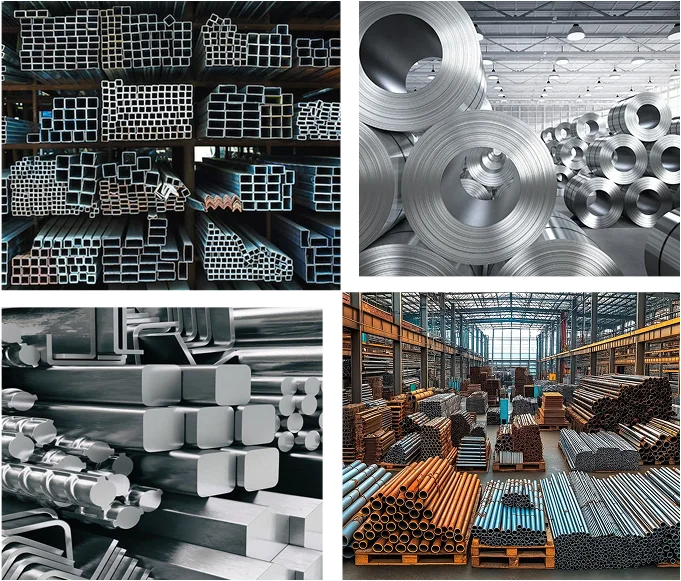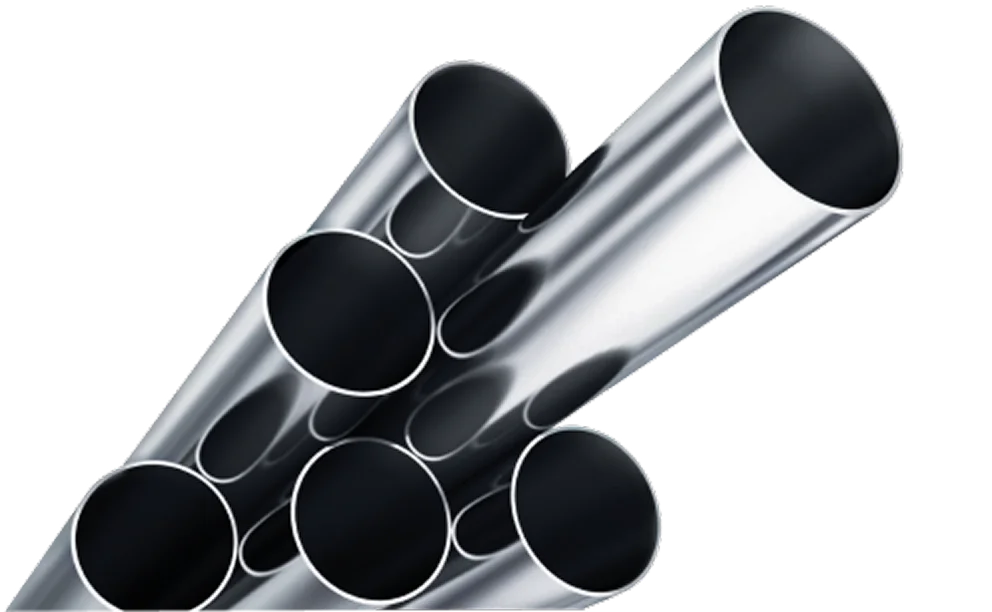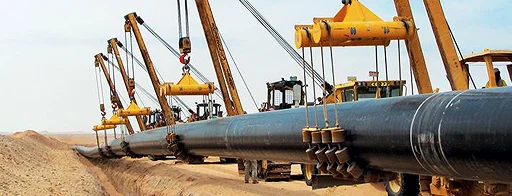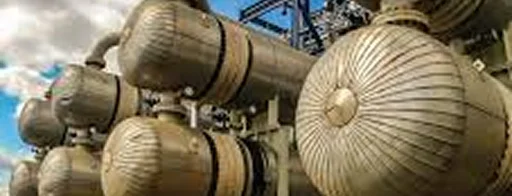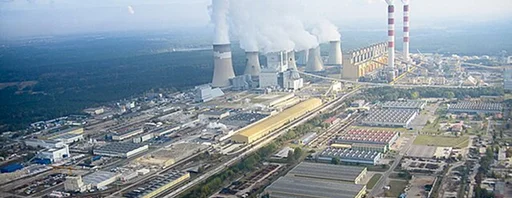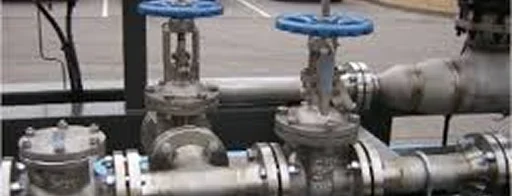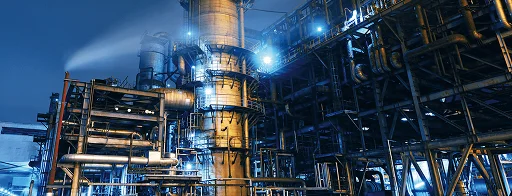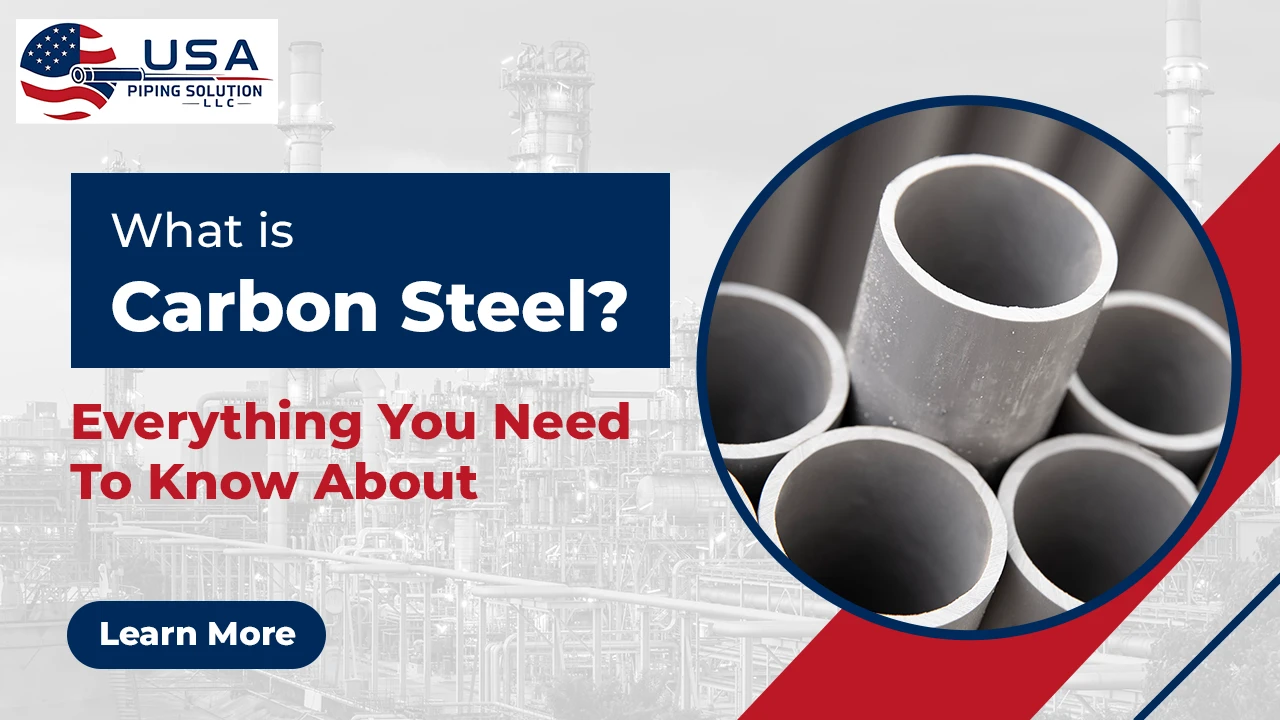
What Is Carbon Steel?
Steels come in countless grades, each defined by the alloying elements added to iron. Carbon steels rely on carbon as their principal alloying element typically from 0.05 % up to about 2.0 % C with other elements kept to controlled levels. For example, silicon (used as a deoxidizer and strengthener) usually ranges from 0.15 % to 0.30 %, while manganese (which improves hardenability and tensile strength) is present at 0.30 % to 1.65 %.
Trace constituents such as sulfur and phosphorus remain at very low levels generally below 0.05 % S and 0.04 % P because even small amounts can embrittle the steel. Hydrogen and oxygen may also occur in minute, unavoidable amounts as “impurities.” The carbon content itself is the key to a carbon steel’s character as you increase C-content, hardness and tensile strength rise, but ductility, weldability and overall elongation decrease. By carefully balancing carbon with essential alloying elements and minimizing unwanted impurities, metallurgists tailor carbon steels to meet a broad spectrum of applications from ductile, formable sheet metal to high-strength, wear-resistant components.
(Typical composition ranges from various international standards, e.g., ASTM A36, EN 10025, JIS G3101. For sourcing carbon steels in a variety of grades and forms sheet, bar, plate, coil, USA Piping Solution LLC offers a comprehensive inventory to explore their full range.)
Carbon steel types
The various types of carbon steel can be classified by their low, medium or high carbon content
Low-carbon steels
Steels are considered to have a low percentage of carbon when the proportion is under 0.25 %. These are referred to as “sweet” or “ferrous.” They are generally ductile, malleable, and manipulable, have good weldability, and do not respond to the heat treatment of quenching. They heat up a little if temperatures are low or if they are thicker than 25 mm. They are used to manufacture structural profiles, wires, nails, screws, bars, etc.
Medium-carbon steels
It is almost exclusively produced using a seamless manufacturing process like cold drawing. This process eliminates the weld seam found in standard pipe and results in superior pressure-holding capability, uniform strength and a smoother internal surface. The internal and external surfaces are also controlled to be smooth and free of defects. This reduces the risk of corrosion initiation and ensures clean uninterrupted flow which is vital for analytical applications.
High-carbon steels
High-carbon steels have a carbon percentage higher than 0.55 %. They are harder and more resistant than medium-carbon steels, and have a good disposition to hardening. However, their weldability is so low that they are not welded at all.
They are used to manufacture cutting and machining tools such as drill bits, saw bands, springs, plow discs, lathe blades, files, etc.
At USA Piping Solution LLC we manufacture different types of steel such as carbon steel or stainless steel, among others. If you are looking for a company specialized in manufacturing this type of parts, do not hesitate to contact us.
Chemical Composition of Carbon Steel
Carbon steels are alloyed with anything up to about 1% C, and most contain about 0.6% Mn, unless they are of the free-cutting type, when up to about 0.25% S and 1.2% Mn may be present. When carbon steels have carbon levels below about 0.2%, they are referred to as mild steels.
Carbon Steel Mechanical Properties
|
Property |
Metric |
English |
Comments |
|---|---|---|---|
|
Hardness, Brinell |
163 HB |
163 HB |
|
|
Hardness, Knoop |
184 HK |
184 HK |
Converted from Brinell hardness |
|
Hardness, Rockwell B |
84 HRB |
84 HRB |
Converted from Brinell hardness |
|
Hardness, Vickers |
170 HV |
170 HV |
Converted from Brinell hardness |
|
Tensile Strength, Ultimate |
540 MPa |
78 300 psi |
|
|
Tensile Strength, Yield |
415 MPa |
60 200 psi |
|
|
Elongation at Break |
10 % |
10 % |
|
|
Reduction of Area |
35 % |
35 % |
|
|
Modulus of Elasticity |
200 GPa |
29 000 ksi |
Typical for steel |
|
Bulk Modulus |
140 GPa |
20 300 ksi |
Typical for steel |
|
Poisson’s Ratio |
0.29 |
0.29 |
Typical for steel |
|
Machinability |
160 % |
160 % |
Based on 100 % machinability for AISI 1212 steel |
|
Shear Modulus |
80 GPa |
11 600 ksi |
Typical for steel |
Applications of Carbon Steel
Carbon steel’s versatility makes it indispensable across virtually every sector from automotive and construction to industrial equipment and consumer goods. It’s used to manufacture shafts and gears, springs and cables, wire and ball bearings, as well as structural members, pressure vessels, piping and pulleys.Carbon steel is used in cutting tools, fasteners and shipbuilding components, underscoring its broad utility wherever strength, durability and cost-effectiveness are needed.
Advantages of Carbon Steel
Carbon steel remains one of the most popular engineering materials thanks to its combination of performance and cost-effectiveness. Key advantages include:
- Low cost: Made primarily from iron and carbon, it’s far less expensive than alloy steels that rely on costly alloying elements such as nickel or chromium.
- Heat-treatable: Medium- and high-carbon grades readily respond to quenching, tempering and other heat-treatment processes, allowing you to tailor strength, hardness, wear resistance and toughness to the application.
- Excellent weldability: Especially in low-carbon grades, welding is straightforward. For higher-carbon steels, preheating and post-weld stress-relief treatments help maintain ductility and prevent cracking.
However, carbon steel does have some limitations:
- Poor corrosion resistance: Without a protective coating—such as paint, plating or galvanizing—carbon steel is prone to rust and must be surface-treated for outdoor or corrosive environments.
- Limited formability in high-carbon grades: As carbon content increases, ductility decreases, making complex forming operations more challenging.
- No heat-treatment strengthening in low-carbon steels: While very ductile and easy to shape, low-carbon steels cannot be significantly hardened by heat treatment (though cold working can boost their strength).
Carbon Steel vs. Stainless Steel
Stainless steel’s high chromium content forms a passive oxide layer that protects against corrosion and gives it a sleek, decorative finish, making it ideal for kitchenware, architectural trim and medical instruments. In contrast, carbon steel with its higher carbon content is inherently stronger and more wear-resistant but will rust quickly if left uncoated or exposed to moisture. As a result, stainless steel is favored where appearance and corrosion resistance are paramount, while carbon steel remains the material of choice for heavy-duty, load-bearing applications (tools, structural components, machinery) when strength and durability outweigh the need for rust protection.
Key ASTM Standards for Carbon Steel Pipes
- Grades: ASTM A53 pipe is available in three grades: Grade A, Grade B, and Grade C, with Grade B being the most commonly used due to its higher tensile strength.
- Applications: These pipes are widely used in structural applications, piping, and low-pressure steam systems.
Conclusion
Carbon steel’s tailored grades serve critical sectors: oil & gas pipelines, construction beams, automotive components, machinery parts and mining equipment delivering cost-effective strength and durability where it matters most. Partner with USA Piping Solution LLC for industry-grade carbon steel solutions.
Frequently Asked Questions
Is carbon steel better than mild steel?
Carbon steel is generally stronger and harder than mild steel due to higher carbon content. It’s better for high-strength applications, while mild steel is more ductile and easier to weld, making it ideal for general fabrication.
What grade is carbon steel?
Carbon steel comes in various grades like ASTM A36, A106, A53, and API 5L. These grades differ based on carbon content, mechanical properties, and applications in construction, pipelines, boilers, and structural components.
Will carbon steel rust?
Yes, carbon steel is prone to rust when exposed to moisture and oxygen because it lacks corrosion-resistant elements like chromium. Protective coatings, painting, or galvanizing are often used to prevent rust.
Carbon steel vs. mild steel?
Mild steel is a type of low-carbon steel with less than 0.25% carbon. Carbon steel, as a broader category, includes low, medium, and high carbon steels. Mild steel is more workable; higher carbon steels offer better strength and hardness.
